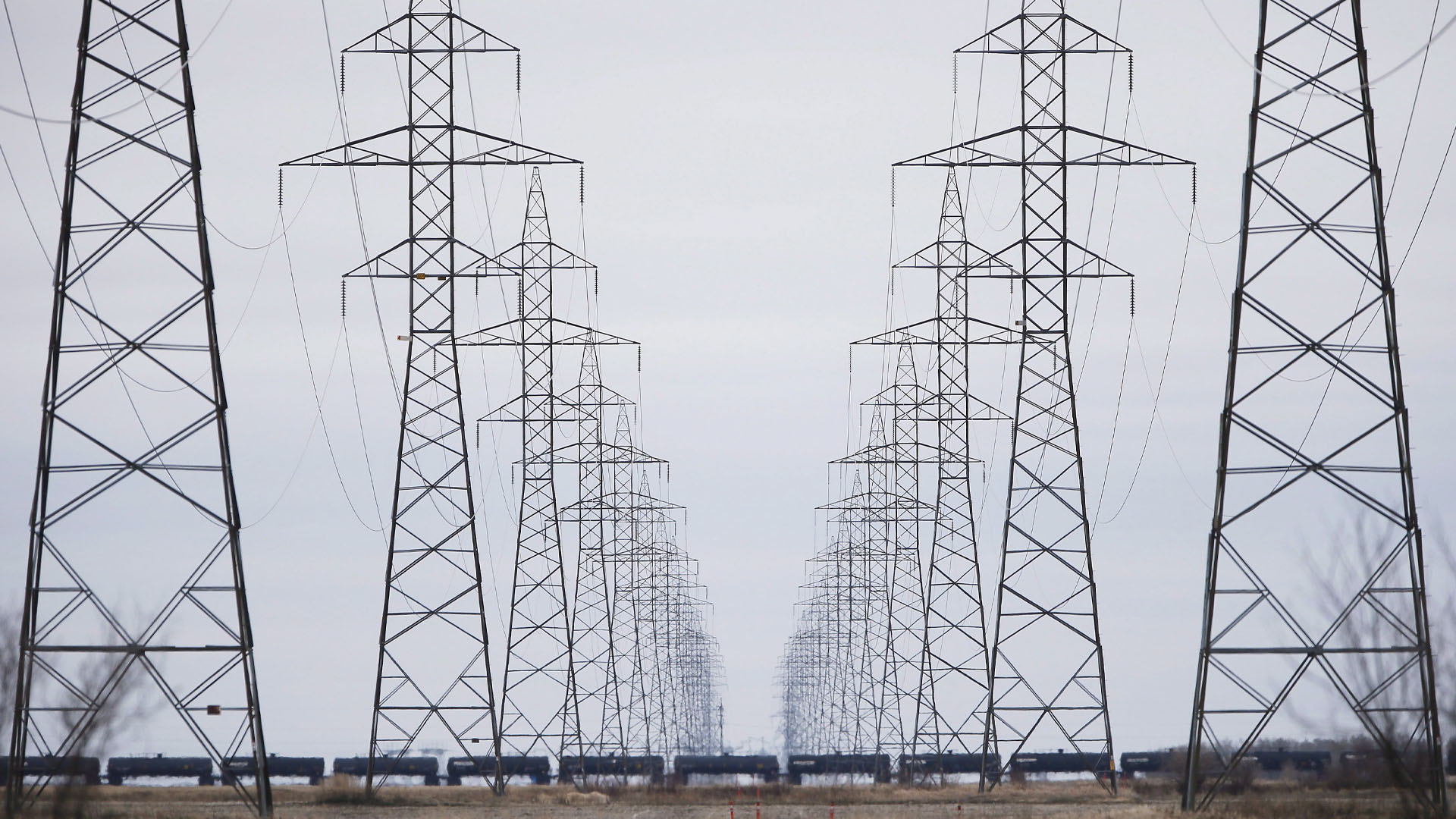
Interprovincial planning, not “silver bullet” technologies such as small modular reactors, will create the power grid that Canadians deserve. However, the Trudeau government has not yet launched the much touted “Pan-Canadian Grid Council” announced in the 2021 Liberal election platform. The US$369 billion Inflation Reduction Act of 2022, signed into law by President Biden last month, ups the ante for Canadians. It earmarks $100 million to unite state governments, regulators, utilities, generators, transmission developers and civil society in a process of creating “a planned national transmission grid” to enable renewable energy and other clean power technologies.
This type of work is called “interregional transmission planning” in industry circles. Canadians lack any form of co-ordination in this arena now, but it would be prudent for provincial governments to closely read the fine print of the Inflation Reduction Act and adjust their decarbonization strategies to closely match that of Canada’s greatest ally, trading partner and No. 1 power customer. With this lens, it becomes clear that interregional planning is key to the success of our energy transition.
Canadian utilities, regulators and politicians have not put any planning mechanisms in place by which to accomplish major transmission projects across provincial boundaries or the Canadian-American border. Rather, if they are advanced at all, developments happen on a piecemeal basis, more or less in a planning vacuum, and often without much consultation or any competitive tension involved. Is this how we really want to plan multibillion-dollar projects?
Zero-emissions electricity by 2035 is possible
How Canada intends to achieve its 2030 emissions targets
What is the path to net-zero emissions for oilsands producers?
Until recently, it would have been easy to diagnose the U.S. with the same problem. Yet in April, the Federal Energy Regulatory Commission (FERC), which is responsible for regulating interregional transmission and power trading, released a raft of proposed transmission regulations. Then in June, FERC launched a related joint federal-state regulatory task force. These efforts and funding from the Inflation Reduction Act are designed to kickstart interregional planning processes, ease development and permitting, and get transmission projects to construction while creating major ratepayer, environmental and social benefits.
At its heart, the concept of interregional planning is relatively simple. The Inflation Reduction Act funds diverse actors to come together across state lines and between regions to plan power transmission to enable the widespread deployment of renewable energy and specifically offshore wind – a resource poised to remake the North American grid in the next decade. Interregional planning can also help define the interplay between bulk power resources such as hydroelectric dams, utility-scale battery storage and wind farms, and distributed energy resources such as residential solar and district energy systems.
A modest investment in such planning will help Canadian provinces catch up to and co-ordinate with American states, harness financing, and remain competitive on the global stage as our society decarbonizes. Yet in Canada, federal transmission policy work has largely ended up with the Canada Infrastructure Bank (CIB). The CIB’s approach to transmission, while well-intentioned, has fallen short of producing investment-grade projects. Case in point: at the end of July, Fortis-ITC announced its intention to cease development of the proposed Lake Erie Interconnector for which the CIB promised funding.
This is the problem when one advances a project without a solid framework for development, but the CIB is not alone in its frustrations. Hydro-Québec has also learned the hard way in Maine and New Hampshire that cross-border development is a very tricky endeavour, facing fierce pushback on much-needed power transmission projects that were poorly perceived by the local citizens.
All Canadian provinces face similar market access and trade issues. Interregional planning will help move Saskatchewan wind power to Chicago, Bay of Fundy tidal energy to Boston, or Newfoundland offshore wind resources to Montreal. The technologies and engineering skillsets exist here but planning and regulations need to catch up.
The economics of doing this work collaboratively with our American neighbours are extremely compelling, saving ratepayers billions over time. Our electrical forefathers realized this and put aside their differences to plan and build binational power projects such as the Saint Lawrence Seaway and Power Project; the James Bay project (which was largely financed on Wall Street and built by U.S. firm, Bechtel); or the Columbia River Treaty process, which underpinned the construction of flood control and dams to harness immense hydroelectric resources in the Pacific Northwest. It’s now time to double down on the Canadian-American clean energy relationship.
Interregional planning is the policy tool which will help us sharpen our focus, avoid boondoggles (think Muskrat Falls!), and propel the types of projects we need to successfully navigate the energy transition in North America. Canadians should launch the Pan-Canadian Grid Council with a strong mandate to contribute to the interregional planning dialogue as the honest brokers we pride ourselves to be.











